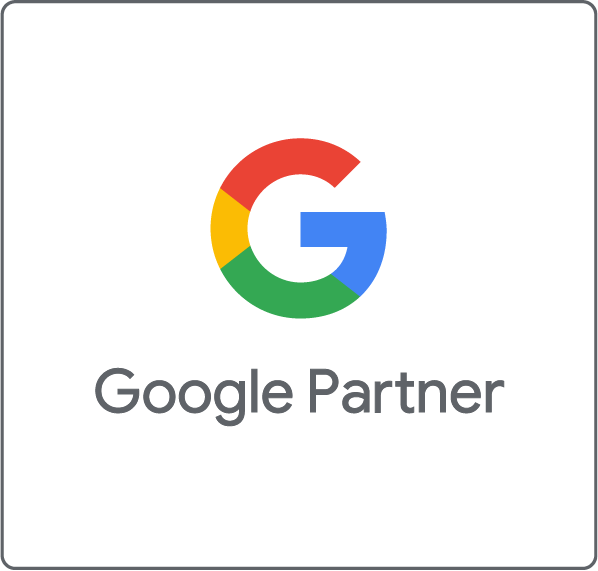Organic vs Paid Marketing for Financial Companies
The financial services sector is a vast and diverse industry, and with an ever-growing number of fintech companies looking to take on the mainstream lenders, there’s plenty of competition.
Whether you’re lending to individuals, established businesses or entrepreneurial start-ups, your services are not going to sell themselves. Marketing is an essential part of any finance companies’ business plan.
But what is the best way to market your financial services? Should you focus your efforts on organic marketing strategies or spend money on paid advertisements?
Let’s take a look at both organic and paid marketing to see which option is best for those in the financial sector.
What is organic marketing?
Organic marketing is a long-term strategy that generates traffic to your business gradually over a period of time. Driving brand awareness and establishing authority in your sector through valuable, informative content such as (unpaid) social media posts, email newsletters, case studies and blog posts.
These forms of communication provide opportunities for natural growth through improved SEO and social media engagement. They are effective in telling your company story and promoting brand identity, mission and values. All whilst proving your business as a trustworthy source of information.
Reaping the rewards of organic marketing requires patience and dedication, but is worth the effort.
Working in the financial services industry, gaining the trust of your customers is essential. It’s important that your customers believe you have their best interests at heart and that your values align with their own.
Putting effort into growing your business organically will show that you are dedicated to providing quality services, making for long-lasting customer relationships and higher retention rates.
What is paid marketing?
Paid marketing allows you to target specific audiences through advertisements placed on search engine results pages (SERP) and social media feeds. Ads provide immediate results and are much more time-effective than organic marketing.
There are plenty of options to choose from when it comes to online advertising platforms. Google, Bing, Facebook, Twitter and Instagram all have paid advertising functions, and the investment required for substantial return is cheap in comparison to traditional ad placements.
Through these services, you can target your audience based on location, age, gender, employment status and personal interests – as well as data such as past purchases and regularly visited websites.
Paid ads give you the freedom to choose how your ads are shown, where they appear and how long they run. You can run ads continuously or set a maximum budget, and choose for what you are charged – pay per click (PPC) or pay per impression (PPI) for example.
For those in the financial services sector looking to establish their brand, build awareness and drive sales now, paid ads are a much more efficient way of doing so.
The pros and cons of organic marketing.
So, we have established that organic marketing requires a long-term strategy in order to achieve worthwhile results. This may seem like a lot of effort when there are paid advertisements available to get your products in front of people right now.
Having said this, there is value to be drawn from organic reach that paid search will not get you – at least not to the same degree.
Because growing an audience organically takes time, the engagement derived through your communication comes in the form of emotional investment. Through this, you nurture relationships with your customers and develop an understanding that is much more authentic.
Each email newsletter you send out needs to be well thought out and written as if you are speaking directly to the individual on the receiving end.
Each blog post you publish on your website will provide value to a specific group of people, and in return, you develop a reputation as a trustworthy source of information and authority in your sector.
When you publish a case study, you are providing real-world examples of how your services have aided legitimate business growth.
The connections formed through these types of communication cannot be made through paid advertisements, as they are designed to put your company right in front of people who had not previously encountered your company and know nothing of your products or services.
Organic marketing breeds client loyalty, and through recommendations from happy customers come new leads and prospects.
Of course, the very nature of organic marketing means that sales and profits are not going to be achieved at speed. However, you should look to organic reach as a way to establish your brand and create awareness, which will inevitably lead to purchases.
The pros and cons of paid marketing.
Paid marketing gets you in front of your intended audience immediately, driving sales and establishing quality leads in a short space of time.
Paid advertising is targeted and measurable. You will see the results of your campaign in real-time and you can use this data for adapting and retargeting your ads.
It is also cost-effective, requiring a relatively low spend to achieve a worthwhile return.
And although we mentioned earlier that paid marketing will not create customer loyalty in the same way that organic marketing does, that is not to say that long-lasting customer relationships are not achievable through paid advertising.
It is likely that many who see your ad will engage with your company, and through excellent customer service, relationships will form.
Having said all this, paid advertising does require a certain skill set in order to maximise potential returns. You cannot just publish an ad and expect a successful campaign without further input.
Paid ads need to be laser-focussed in terms of targeting. They need to be regularly monitored to ensure they are providing the expected results. The effectiveness of a campaign relies on the ability to adapt and alter ads to ensure you’re not throwing money away with an ad that is not performing to optimum potential.
It’s also worth noting that the clicks and impressions gained from advertising do not always convert to sales.
So which option is best for financial companies?
Quite simply, when it comes to effectively marketing your financial services, a combination of both paid and organic marketing is the best model.
Use organic marketing to build your brand, create awareness and establish trust with your customer base, whilst getting more immediate results through paid advertising.
Utilising both will ensure your company is optimising its marketing strategy, allowing for maximum return of investment whilst investing in your customers, and your long-term success.
If you’re looking for expert advice and support in driving sales and establishing leads then get in touch with our friendly team at YouYaa and book your free consultation and strategy call.



